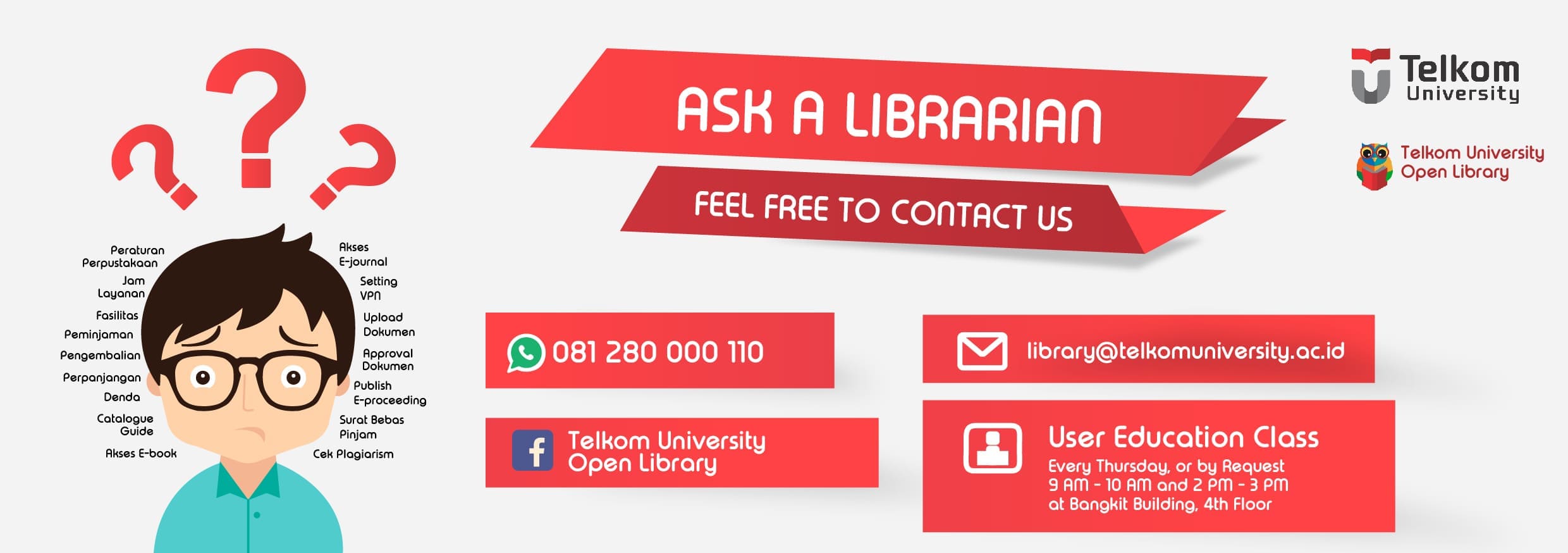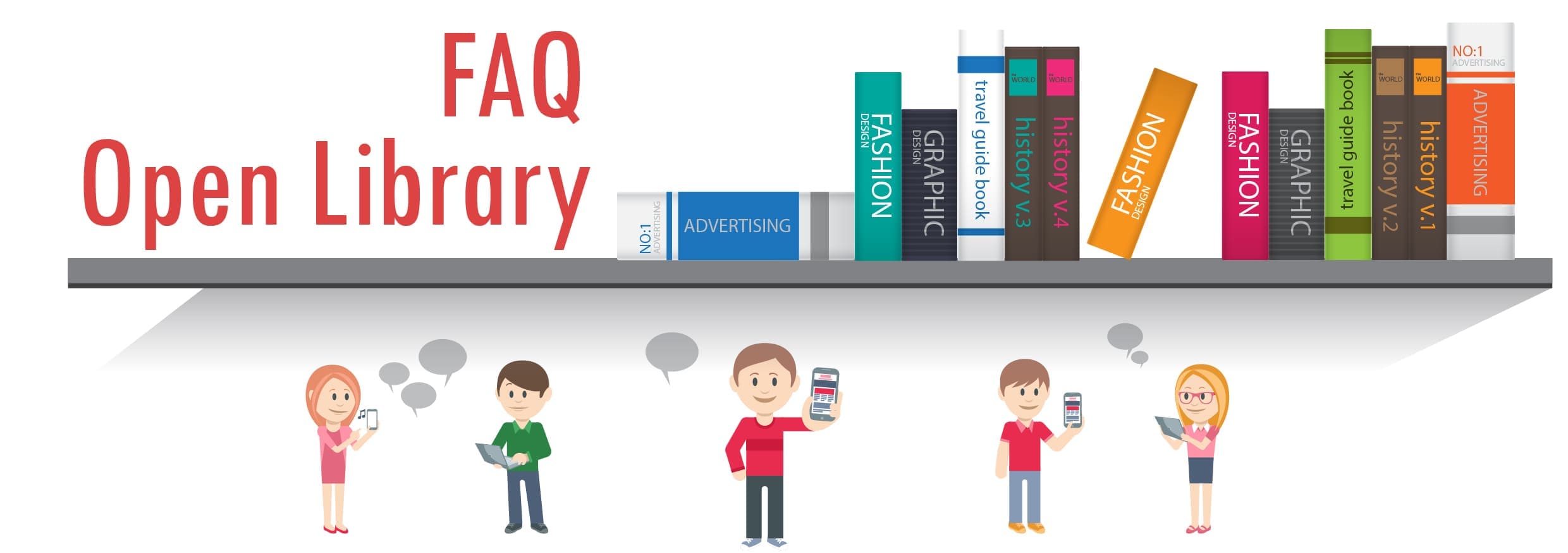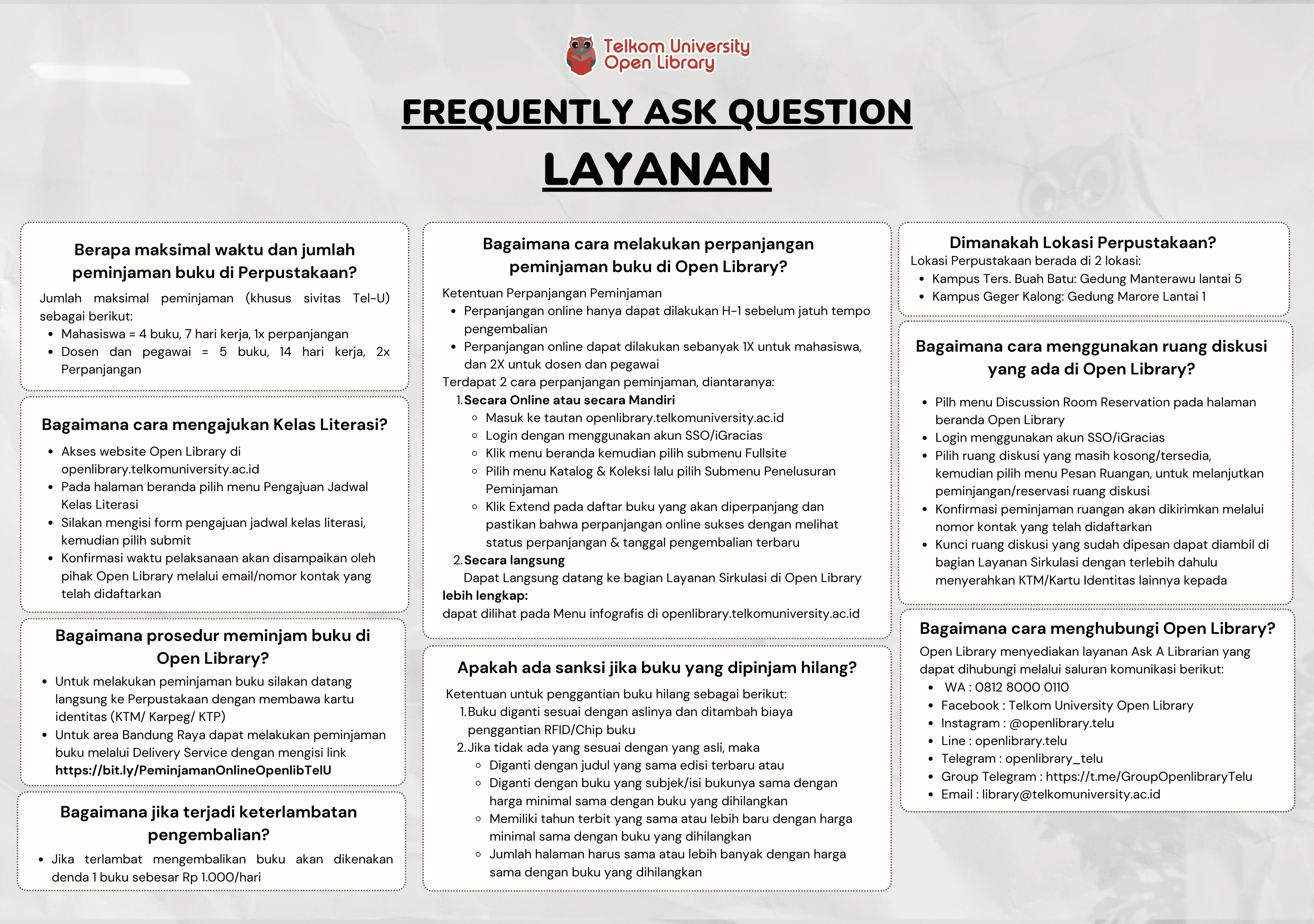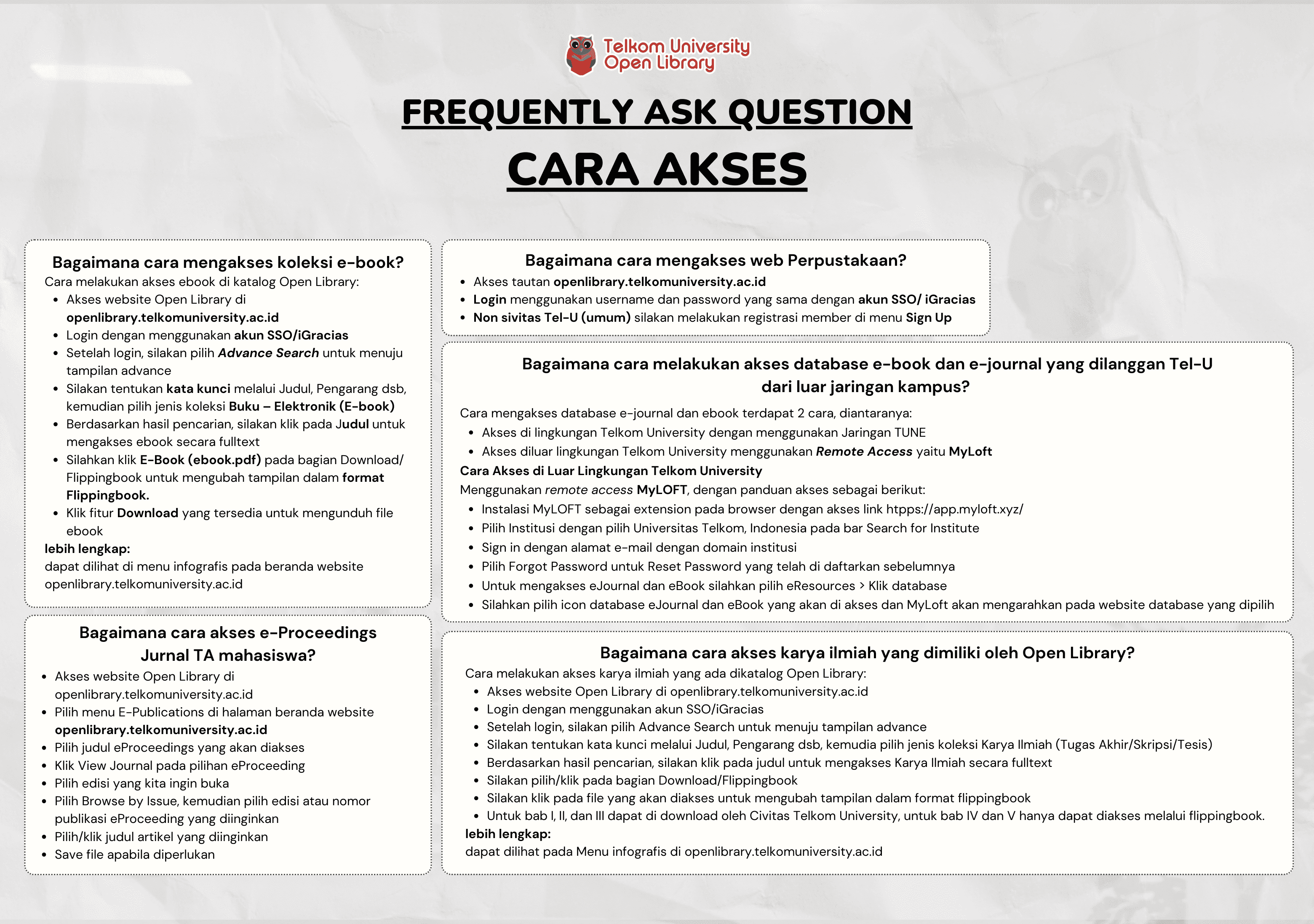PERFORMANCE EVALUATION ROUND ROBIN SCHEDULING IN
ADVANCED METERING INFRASTRUCTURE OVER LTE
NASHRI

Informasi Umum
Kode
17.05.068
Klasifikasi
621.3 - Electrical, Magnetic, Optical, Communications, Computer engineering, Electronics, Lighting
Jenis
Karya Ilmiah - Thesis (S2) - Reference
Subjek
Technology Telecommunications
Dilihat
226 kali
Informasi Lainnya
Abstraksi
SMART GRID consists of three essential elements, namely information technology, telecommunications and electricity or Gas. These three elements work together to enable two-way communication between the utility company PLN with consumers. With SMART GRID, electrical energy transfer not only from the electricity provider for the consumer, but also vice versa. With SMART GRID technology as well, consumers will have fully control to manage their energy consumption. Sensors and automatic control technology in the SMART GRID allows setting the activation of consumer electrical appliances automatically taking into account the amount of electrical energy. All data is recorded on the sensor will be sent to the utility company to be processed in order to determine the future development strategy. Advanced Metering Infrastructure (AMI) plays an important role in data collection sensors. Nowadays Telkom has tested and successfully using the USSD protocol in GSM technology or Indihome WIFI network as access media to the AMI network, especially for PLN. In accordance with the development trend of telecommunication, LTE is currently a priority of network expansion of service provider network, so it is necessary to do research on the performance of metering data collection using the LTE network in the AMI environment. The problem is a lot of devices in the Smart Grid communications environment, such as sensors (smart meters) and the control device, to send or receive small packages at fairly frequent intervals. LTE is not designed for this traffic pattern, it is designed to support voice traffic and data that sudden and large where individual users may send or receive a package of relatively large (eg, with respect to web browsing). In this study the authors using Round Robin Scheduling, it is considered most likely to deliver the two interests that the individual users as well as of the smart meter. Evaluation is done by means of simulation using NS3, with preliminary data comparing the default scheduling in LTE, and continued by using several traffic conditions and the number of nodes that are involved specifically with the Round Robin scheduling to find numbers of node that can be served. As results, by considering the QoS measurements showed that the number of nodes that can be served numbers of 300 nodes Smart meters.
- TTG6Z4 - TESIS II
- CSH623 - TESIS
- TTH6Z3 - PUBLIKASI
- TTH6Z4 - TESIS
- IEH6B6 - TESIS
- TTI7Z4 - TESIS
- CII733 - TESIS
- IMI2B6 - TESIS
- CII733 - TESIS
- CII9H5 - PENELITIAN DISERTASI DAN SEMINAR 1
- CII9J5 - PENELITIAN DISERTASI DAN SEMINAR 2
- CII9L5 - PENELITIAN DISERTASI DAN SEMINAR 3
- CII9I1 - PENULISAN PUBLIKASI ILMIAH 1
- CII9K2 - PENULISAN PUBLIKASI ILMIAH 2
- CII9M3 - PENULISAN PUBLIKASI ILMIAH 3
Koleksi & Sirkulasi
Tersedia 1 dari total 1 Koleksi
Anda harus log in untuk mengakses flippingbook
Pengarang
| Nama | NASHRI |
| Jenis | Perorangan |
| Penyunting | BASUKI RAHMAT, JANGKUNG RAHARJO |
| Penerjemah |
Penerbit
| Nama | Universitas Telkom |
| Kota | Bandung |
| Tahun | 2017 |
Sirkulasi
| Harga sewa | IDR 0,00 |
| Denda harian | IDR 0,00 |
| Jenis | Non-Sirkulasi |




















